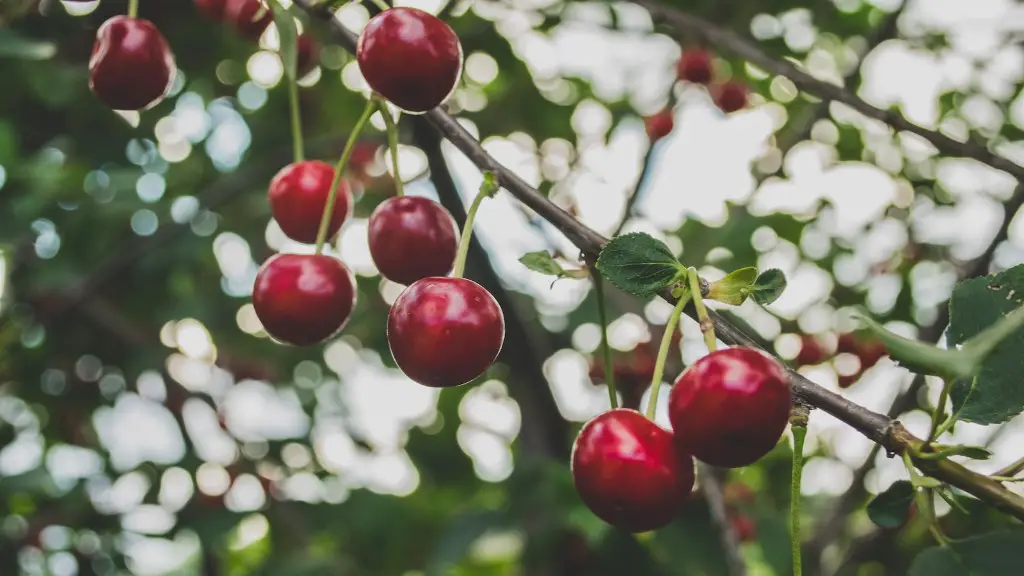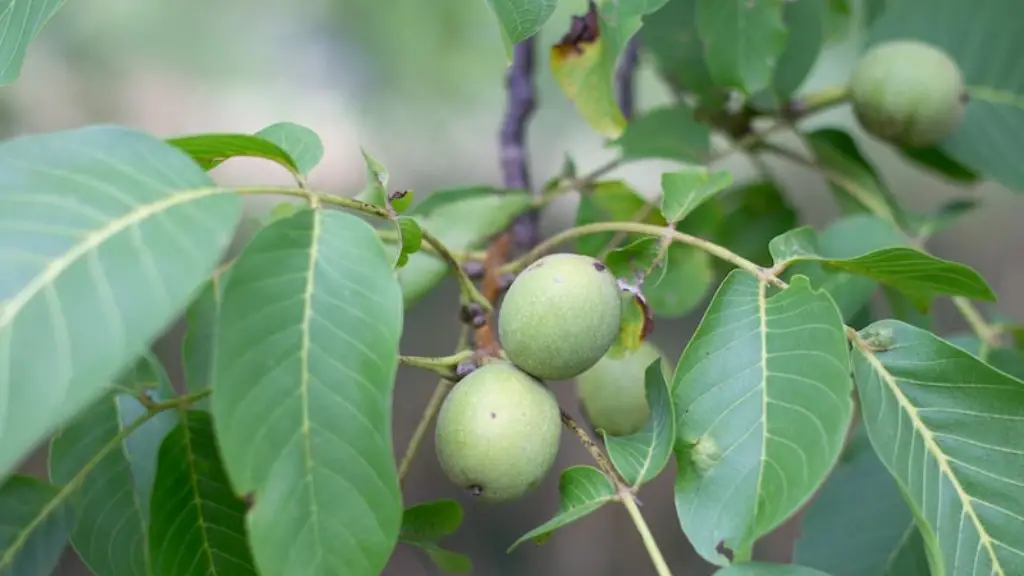Ground Preparation Requirements
Choosing the right soil to plant under an ornamental cherry tree is highly important, as it can make or break the success of the desired outcome. It is best to mix the soil in with existing soil, as it can add aeration, water drainage, and nutrient density. Adding organic matter to the soil will also enhance the soil’s fertility. The soil should also be worked deeply and kept away from any areas where standing water may accumulate. Finally, the soil must be kept clear of any weeds or grass that could compete with the desired plants.
Best Plants to Grow Under Ornamental Cherry Trees
The ideal plants to grow under ornamental cherry trees are those that are suited to full sun and well-drained soils, with low to moderate water needs. Some great options include: perennials such as ornamental grasses, Black-eyed Susan, daisies, chrysanthemums, and lavenders; annuals such as impatiens, vincas, and marigolds; vegetables and herbs such as kale, lettuce, and thyme; and ground covers such as periwinkle, pussytoes, and creeping phlox. However, it is important to note that certain species may be better suited to local climate and soil conditions.
Maintaining Moisture Content under an Ornamental Cherry Tree
Maintaining adequate moisture content under an ornamental cherry tree will be vital for the desired plants when environmental conditions are particularly hot or dry. Adding a 3-4 inch layer of organic mulch, such as bark chips, shredded leaves, straw, or wood chips around the plants can help with moisture retention. Additionally, mature trees should be watered thoroughly whenever the top three inches of soil feel dry. This can be done using two or three gallons of water every month and taken up to once per week depending on conditions.
Fertilizing Beneath an Ornamental Cherry Tree
Fertilizing beneath an ornamental cherry tree is key to helping the plants reach their full potential. When it comes to fertilizer, the type should be tailored to the plants being grown. Generally speaking, it is best to apply a slow-release fertilizer at the beginning of the growing season, then again during the peak of blooming season. It is important to ensure the fertilizer does not come in contact with the tree’s trunk, as this can cause root damage. An organic fertilizer is also recommended, as it will enrich the soil and provide a slow, steady supply of nutrients.
What to Avoid Planting Under Ornamental Cherry Trees
While there are certain types of plants that work well with ornamentals, some have to be avoided. These include: shade-loving plants, as they do not receive the adequate amount of sunlight beneath the cherry tree; plants that are large and spread quickly, such as mint or sunflowers, as they can cause the desired plants to become overcrowded. Additionally, plants that need frequent water or fertilizing may not thrive in the drier areas beneath the tree. It is important to carefully research the background and care requirements of any plants chosen before planting.
Companion Planting Benefits
Growing companion plants beneath the ornamental cherry tree can provide a range of benefits. These include adding colour, texture, interest or scent; improving soil fertility; controlling weeds; and providing shelter to beneficial insects. To ensure success, care must be taken to ensure that the chosen companions are compatible in terms of water and nutrient requirements, as well as in terms of eventual size.
Container Planting
Container planting under ornamental cherry trees is a great alternative, as it allows for more control over soil and moisture conditions, as well as providing the opportunity for much more creative planting. Containers should consist of a good quality, lightweight soil-based compost, along with a combination of other elements such as sand and cow manure. However, it is essential that the pots are regularly watered and fertilized, as they can dry out quickly when exposed to direct sun. Additionally, larger containers are recommended as they reduce the risk of roots becoming pot-bound.
Aesthetics and Design Considerations
It is important to carefully consider the aesthetics of how the plants will look beneath the cherry tree. To this end, a plan should be created of how the plants will develop, be spaced, and grow, while sticking to a chosen theme or design. Additionally, any container planting should be aesthetically pleasing in terms of shape and size, and possible features such as pots and statues could be added to create interest. Plants should also be at different heights to provide visual interest and to ensure the best display of blooms.
Concealing Unsightly Areas
One of the best aspects of adding plantings beneath ornamental cherry trees is that it allows for the concealing of any unsightly areas or spots that may exist around the tree and across the entire garden. Putting in hedging, such as box, beech and yew, is a great option as it provides a steady, slow growing area of colour and texture that can be easily kept in check. Alternatively, perimeter bedding of herbs, grasses, colourful groundcovers, and spring flowers can be used to create eye-catching borders that add a focal point of interest to the area.
Companion Planting Options
Companion planting is a great way to ensure plant health and vigour when growing under an ornamental cherry tree. Options for companion planting are numerous, and could include, for example, chives, mint, and garlic planted with flowers, or lettuces and radishes planted near herbs. Alternatively, catnip, dill, and fennel can be planted together, or carrots and clover planted with onions or kale. All of these combinations provide a diverse, colourful display and provide the added benefit of attracting beneficial insects, which help control pests.
Disease and Insect Control
In order to prevent diseases and insect damage to plants beneath an ornamental cherry tree, it is important to ensure the area is kept clean and free of debris or rotting leaves. Additionally, it is necessary to check for pests and diseases regularly, as these can quickly spread to other plants. Appropriate treatments should then be applied for any affected plants, with an organic option being preferable. Pruning may be necessary to remove diseased or dead portions of plants, and potentially to remove branches to encourage more airflow.
Caring for Ornamental Cherry Trees
An ornamental cherry tree will require regular care to ensure its health and longevity. This should include regular pruning to ensure that the tree does not become top heavy, as well as regularly fertilizing during the growing stages and watering during prolonged drought periods. Additionally, it is important to keep the area weed free, and if roots grow too close to the surface or into sewers or drains, they should be removed carefully.
Maximising Plant Health and Blooms
Growing beneath an ornamental cherry tree can be a great way to maximise the beauty and health of the plants, as well as creating a great garden display. This is best achieved by allowing adequate space around each individual planting, and taking care to use the right soil, fertilizer, and watering techniques. Additionally, careful planning and careful companion planting can provide added benefits, and containers can be used to bring more colour, structure, and creativity to the area. Finally, all plants, including the cherry tree, should be regularly monitored for pests and diseases, and treated with appropriate organic solutions wherever necessary.


